Navigating Medicare insurance can be a daunting task, especially if you’re new to the system or nearing eligibility. With so many options and nuances, it’s crucial to understand what Medicare offers and how to make the most of your coverage. Here’s a breakdown of Medicare insurance to help you get started.
What is Medicare?
Medicare is a federal health insurance program primarily designed for individuals aged 65 and older. It also covers younger people with certain disabilities and those with End-Stage Renal Disease (ESRD). The program has several parts, each offering different types of coverage:
- Medicare Part A (Hospital Insurance):
- Coverage: Helps cover inpatient hospital stays, skilled nursing facility care, hospice care, and some home health care.
- Costs: Most people don’t pay a premium for Part A if they’ve worked and paid Medicare taxes for at least 10 years. There are deductibles and coinsurance amounts that apply.
- Medicare Part B (Medical Insurance):
- Coverage: Includes coverage for outpatient services, doctor visits, preventive services, and some home health care.
- Costs: Part B requires a monthly premium, which is based on your income. There are also deductibles and coinsurance for services.
- Medicare Part C (Medicare Advantage):
- Coverage: Offered by private insurance companies approved by Medicare, these plans combine coverage from Part A and Part B. Many also include additional benefits like vision, dental, and hearing coverage.
- Costs: Premiums and out-of-pocket costs vary depending on the plan. Some plans may also have lower costs for certain services.
- Medicare Part D (Prescription Drug Coverage):
- Coverage: Provides prescription drug coverage through private insurance companies.
- Costs: Part D plans have monthly premiums, annual deductibles, and copayments or coinsurance for prescriptions. Costs can vary depending on the plan and the medications you need.
Tips for Choosing the Right Medicare Plan
Navigating Medicare can feel overwhelming with all the different options available. However, by assessing your healthcare priorities and understanding the different types of coverage, you can find a plan that best suits your needs. At Brooks & Brooks Insurance Agency, we’re here to help you make an informed decision. Feel free to reach out to us at 972-544-7524 for personalized assistance.
- Determine the Coverage You Need
Medicare offers several parts, each covering different aspects of healthcare:
– Part A: Inpatient hospital coverage
– Part B: Outpatient medical coverage
– Part C (Medicare Advantage): A combination of Part A and B with additional benefits like dental, vision, and hearing
– Part D: Prescription drug coverage
Many people opt for Medicare Parts A and B, commonly known as Original Medicare. If you choose Medicare Advantage (Part C), you’ll need to enroll in Parts A and B first, and you might also get prescription drug coverage through it. If not, you’ll need to add Part D separately. Be mindful of enrolling in Part D on time to avoid late enrollment penalties.
- Consider Your Medical Provider Preferences
Original Medicare is accepted by most hospitals and healthcare providers across the U.S., offering you the flexibility to receive care wherever you are. If having a wide choice of providers is important to you, Original Medicare may be the right fit.
On the other hand, Medicare Advantage plans often come with a network of preferred providers. While this might limit your choices, these plans can offer additional perks, such as discounts for using in-network physicians.
- Assess Supplemental Coverage and Out-of-Pocket Limits
Medicare Supplement Plans, also known as Medigap, help lower your out-of-pocket costs. For example, while Part B covers 80% of outpatient services, Medigap can help cover the remaining costs, potentially leaving you with minimal to no out-of-pocket expenses.
If you choose Medicare Advantage, you can’t have Medigap, but these plans often include an annual out-of-pocket limit. Once you reach this limit, your Medicare Advantage plan will cover all remaining costs for the year. This feature isn’t available with Original Medicare, so it’s essential to weigh your options carefully.
- Coordinate with Your Existing Coverage
If you already have health insurance through your employer or another source, it’s important to contact your insurer or benefits administrator before enrolling in Medicare. Understanding how your current coverage will work with Medicare can be a crucial factor in choosing the right plan.
- Choose the Right Plan with Expert Help
At Brooks & Brooks Insurance Agency, we take the stress out of finding the best Medicare plan for you. We’ll help you navigate your options and secure the coverage that meets your needs at the best price. Contact us today at 972-544-7524 for consultation.
Additional Resources
- Medicare.gov: The official Medicare website provides comprehensive information about coverage options, costs, and how to apply.
- State Health Insurance Assistance Programs (SHIPs): These programs offer free, personalized help with Medicare questions and issues.
- Local Insurance Agents: Professional agents can provide personalized advice and help you navigate the various Medicare options available to you.
Medicare is a vital program that offers a range of health insurance options to meet the diverse needs of older adults and those with specific health conditions. By understanding the different parts of Medicare and reviewing your options carefully, you can make informed decisions about your healthcare coverage. Remember, it’s never too early to start planning and exploring your Medicare choices to ensure you have the coverage you need when you need it.
If you have any questions or need assistance with your Medicare insurance options, feel free to reach out to our team at Brooks and Brooks Insurance Agency. We’re here to help you navigate your insurance needs with confidence.

